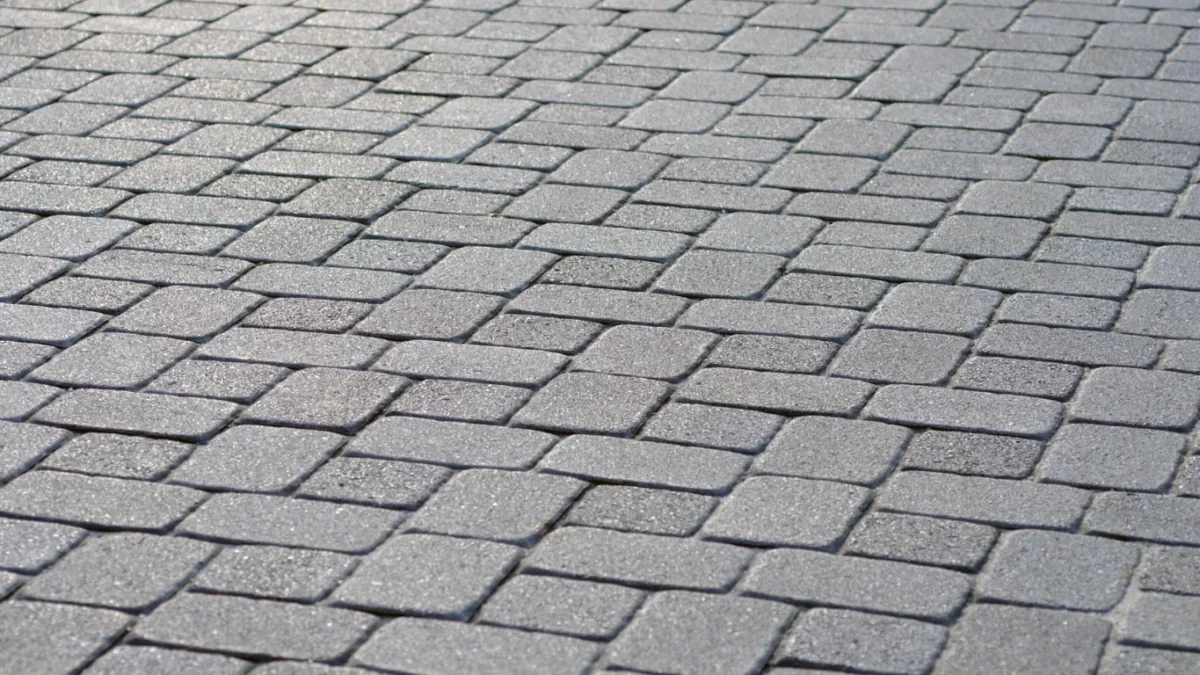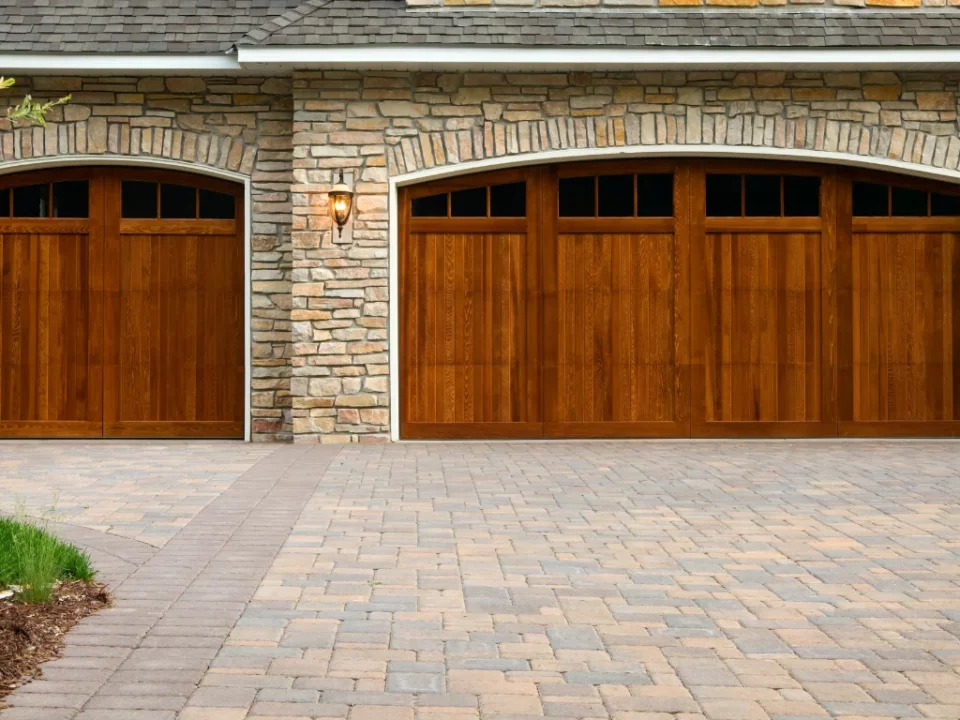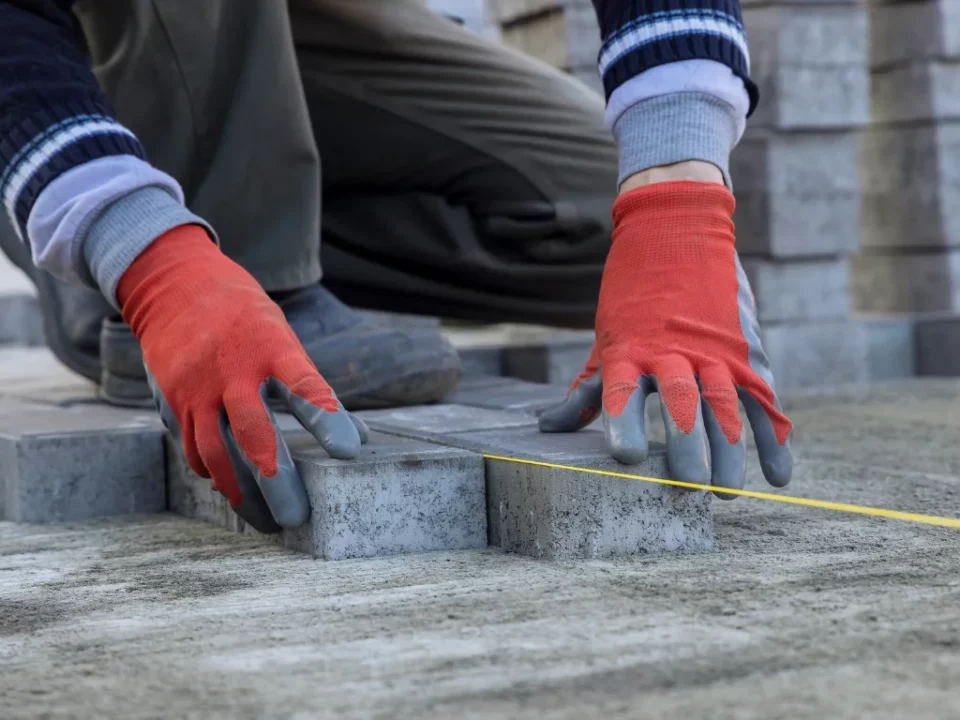Preparing for pavers installation is a crucial step that can determine the success and longevity of your project. Unfortunately, many homeowners make avoidable mistakes that lead to costly repairs and unsatisfactory results. Understanding how to avoid these pitfalls can save time, money, and frustration. This article highlights how to avoid common mistakes when preparing for pavers installation, ensuring a smooth process and a beautiful finished surface.
Avoid Common Mistakes When Preparing for Pavers Installation: Proper Site Assessment and Planning
One of the biggest ways to avoid common mistakes when preparing for pavers installation is to start with a thorough site assessment and detailed planning. Failing to measure the area accurately or neglecting to mark the boundaries can result in ordering too few or too many materials, causing delays or unnecessary expenses.
Another frequent error is overlooking the importance of proper drainage. Water pooling under or around pavers can cause shifting, cracks, and uneven surfaces. To avoid this, always analyze the slope of your project area and plan for water to flow away from your home or other structures. Incorporating drainage solutions during the preparation phase is critical for a long-lasting installation.
Avoid Common Mistakes When Preparing for Pavers Installation: Base Preparation and Material Handling
Many common mistakes when preparing for pavers installation happen during base preparation. The base is the foundation that supports the pavers, and cutting corners here can jeopardize the entire project. Avoid under-excavating the site; the depth of excavation should be sufficient to accommodate the base materials and the pavers themselves.
Another error is failing to compact the base materials properly. Loose or inadequately compacted gravel or sand can lead to settling and movement of the pavers over time. Using a mechanical plate compactor helps create a stable and durable foundation. Additionally, neglecting to remove roots, debris, or organic matter from the site can cause instability and unevenness later on.
Handling your materials incorrectly can also create problems. For example, stacking pavers improperly can lead to chipping or cracking before installation. Ensure that materials are stored on a flat surface and protected from the elements to maintain their quality.
By focusing on these key areas and avoiding common mistakes when preparing for pavers installation, homeowners can enjoy a smooth installation process and a lasting, attractive outdoor space. Careful site assessment, drainage planning, and meticulous base preparation all contribute to the durability and beauty of your new pavers. Taking the time to do these steps right means fewer repairs, less hassle, and a more enjoyable final result.
Read More:
Top Preparation Tips to Ensure a Smooth Pavers Installation Process






